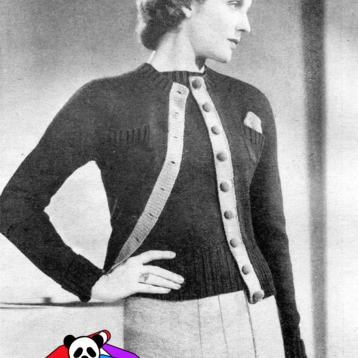Hiyahiya S History Of Knitting The Great Depression And The Growth Of The Yarn Industry
The Wall Street Crash of 1929 was a catalyst that led to the collapse of the world economy and the Great Depression of the 1930s. As far as we know, knitting has been a popular pastime dating all the way back to the 13th century, but it was during the Great Depression that it became much more of a necessity as designer garments were far too expensive to buy.
The sinking economy meant failing businesses and unemployment for as much as 33% of the population of some countries, however the yarn industry was one that was thriving. Contrasting to the luxurious fashion of the 1920s which many could no longer afford, yarn manufacturers began to design patterns which required cheap materials but still created stylish clothing. One example is the ‘Twin-Set’, consisting of a matching sweater and cardigan which was a symbol of affordable elegance during the era.

The need for knitted garments also provided jobs for women in a society where men had always been the sole breadwinners. They were hired as knitting instructors to pass on the skill, as saleswomen in yarn shops and as models to promote hand knitted items. While most of these jobs were part-time and men still held the full-time jobs, they brought in a higher income for families during a time of severe economic struggle.
While knitting is generally no longer counted on for cost-effective clothing, we get to enjoy the legacy of the fashion it created.
Do you know of any knitting stories we should research and write about in an upcoming history post? Let us know in the comments below.
